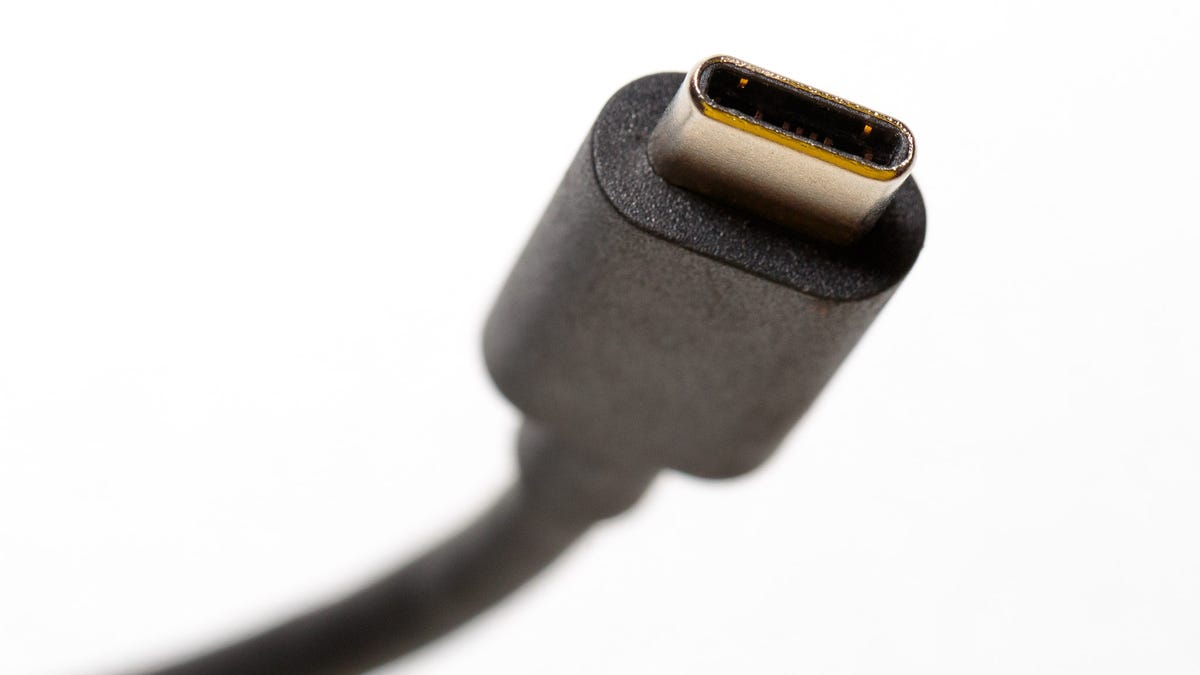USB Type-C update to guard against accidentally frying your laptop
The powers behind the new USB technology are working to prevent problems spoiling its advantages.

The USB Type-C cable has no right-side-up or upside-down.
The folks behind the USB Type-C standard have a new approach to keep sketchy cables from zapping your laptop or evildoers from hacking your phone.
USB Type-C brings new perks to the mundane chore of connecting devices to each other and to chargers, but problems have cast a shadow -- notably when Google employee Benson Leung's effort to flag faulty cables fried his laptop and testing gear earlier this year.
That's why industry powers behind the tech announced on Tuesday a USB authentication technology that will guard against that type of problem and will keep criminals from using hacked USB devices to launch attacks. The technology functions behind the scenes on your devices so you won't have to think about it, at least until your phone refuses to work with an uncertified airport charger or freebie cable.
USB is a remarkable success, starting two decades ago as a way to connect printers and keyboards to PCs, picking up duties charging phones and syncing their data, and now in everything from cars to TVs. USB-C expands further by letting you use USB to power your PC and to send videos to TVs and external monitors. The fact that it's reversible -- there's no up or down to the connector -- is icing on the cake.
The USB Implementers Forum is "unwavering in our mission to solidify USB Type-C as the single cable of the future," Jeff Ravencraft, president of the standards group, said in a statement.
But the new future is messy. For example, it's not always clear what capabilities a USB port will include. Some will feature video support. Others will offer USB 3.1's new super-high data transfer speeds of 10 gigabits per second. Separately, faulty cables led Amazon to take the unusual step last month of threatening to banish sellers offering bad USB-C cables.
Maturing technology should ease the growing pains. Cable powerhouse Monoprice announced a new Palette line of colorful USB-C cables on Tuesday. They're limited to slower 480 megabit-per-second USB 2.0 speeds for now. Later this month, Monoprice will release cables that support USB 3.0's tenfold increase to 5Gbps, and in coming months, USB 3.1's 10Gbps.

